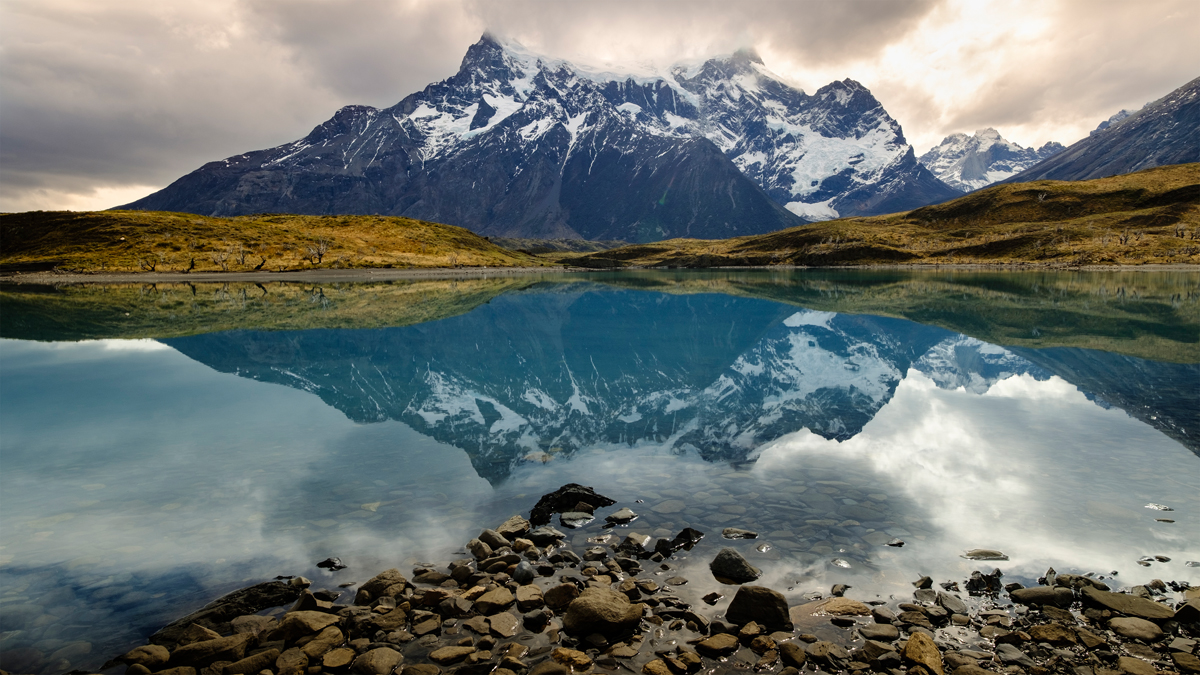Trip to Patagonia, Argentina and Chile with the Fuji X-T2
For 5 years, I’ve been trying a motorcycle trip from São Paulo, Brazil to Ushuaia, Argentina, but some unforeseen always happened: either my job or weather conditions, mechanical problems with my motorcycle, or just limited vacation time (12,000 km trip on a motorcycle is a lot).
Then, in October 2016, I decided to make this trip by flight. I planned also to visit El Calafate and El Chalten, in Argentina territory, and the Torres del Paine National Park in Chilean territory.
As always in my trips, I stay in hostels and in Argentina and Chile have a lot of good hostels. If you have never experienced a hostel on a trip, you should try it at least once in life. It is an environment with people from all parts of the world, where all cultures blend harmoniously. At a time of growing intolerance in the world, it is invigorating to observe people from all countries in the world living in peace, no matter their roots, their religions or their social classes.
The Gears
I brought with me the Fuji X-T2, 3 batteries, and the lenses XF 10-24mm F4, XF 35mm F2, and XF 90mm F2, thus ensuring a set of useful focal lengths for a myriad of situations. Fuji cameras and their lenses are perfect for travel as they are small, lightweight and robust.
The landscapes we can see in Patagonia are wide, huge and impressive. It is relatively easy to find a good composition, with both a wide angle or with a telephoto lens. Many people usually associate landscape photography with super wide angle lenses, but this is not my case. I used the XF 10-24mm F4 in a few photographs. When using normal lenses or, especially, telephoto lenses we create a sense of impressiveness and immensity. Taking a picture of a mountain using a 135mm (equiv. Full Frame) makes human presence just a miniature before the magnificence of nature.
Especially in Ushuaia, where the weather is very unstable, it is important to protect well your gear. Even with moderate rain and snowing, I had no problem with the Fuji X-T2 and the lenses. The X-T2 body and the lenses XF 35mm F2 and XF 90mm F2 are wheatear resistant, but not the XF 10-24mm F4; in any case, also there was no problem with this lens.
The Patagonia
Patagonia is the area with more glaciers outside the polar regions. The weather is cold. Normally, we have -20ºC degrees in winter and 10 ºC degrees in summer. Here you can find cold and dry deserts, forests, valleys and rivers, mountains and a lot of glaciers. Look at Google Maps; it is an impressing area of Chile and Argentina. A 30-day trip is not enough to properly enjoy the whole Patagonia.
El Calafate
My first destination was El Calafate, a small town located in the province of Santa Cruz, near the border with Chile. The biggest attraction in El Calafate is the extraordinary Los Glaciares National Park, founded in 1937 and it was declared a world heritage site in 1981. It has extension of 725 hectares. In it are located the glaciers Perito Moreno, Upsala, O’nelli, Spegazzinni, among others. El Calafate is also a good starting point to move to El Chalten and the Torres del Paine National Park (Chile).
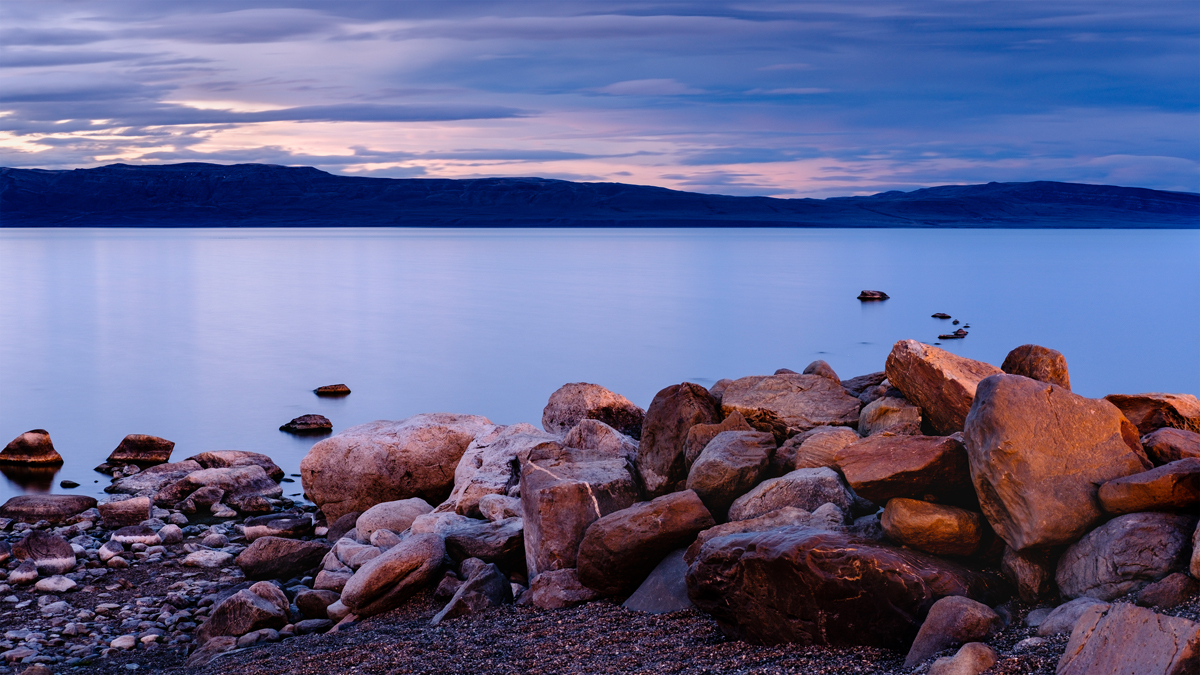
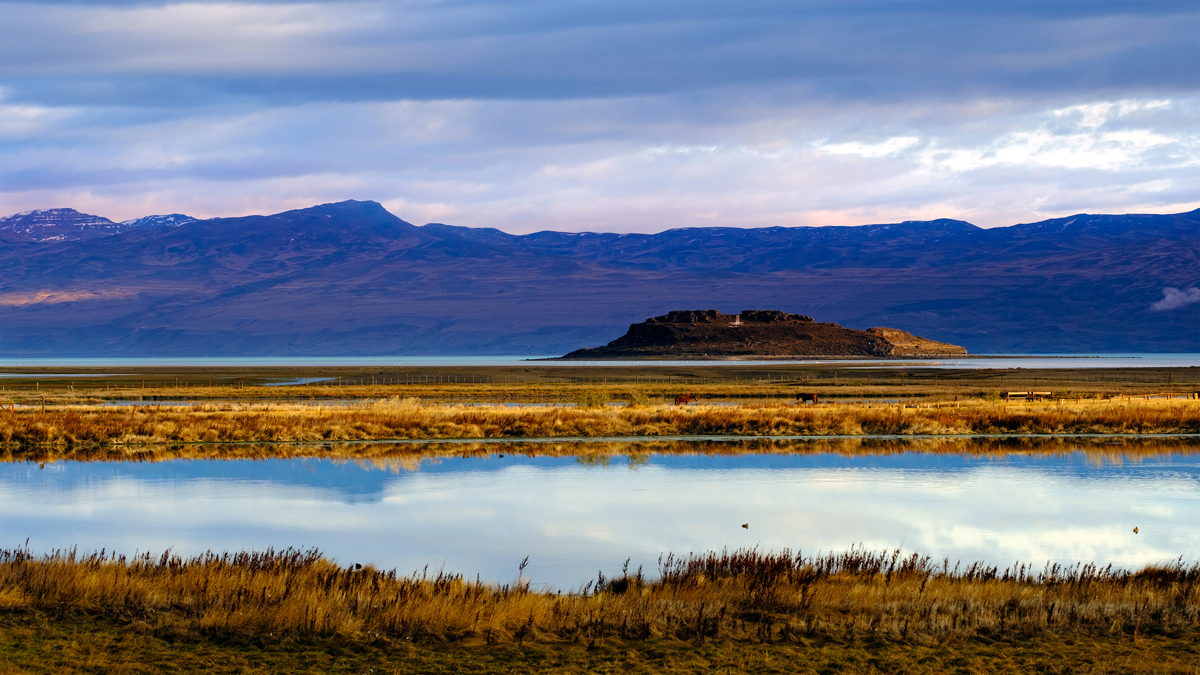
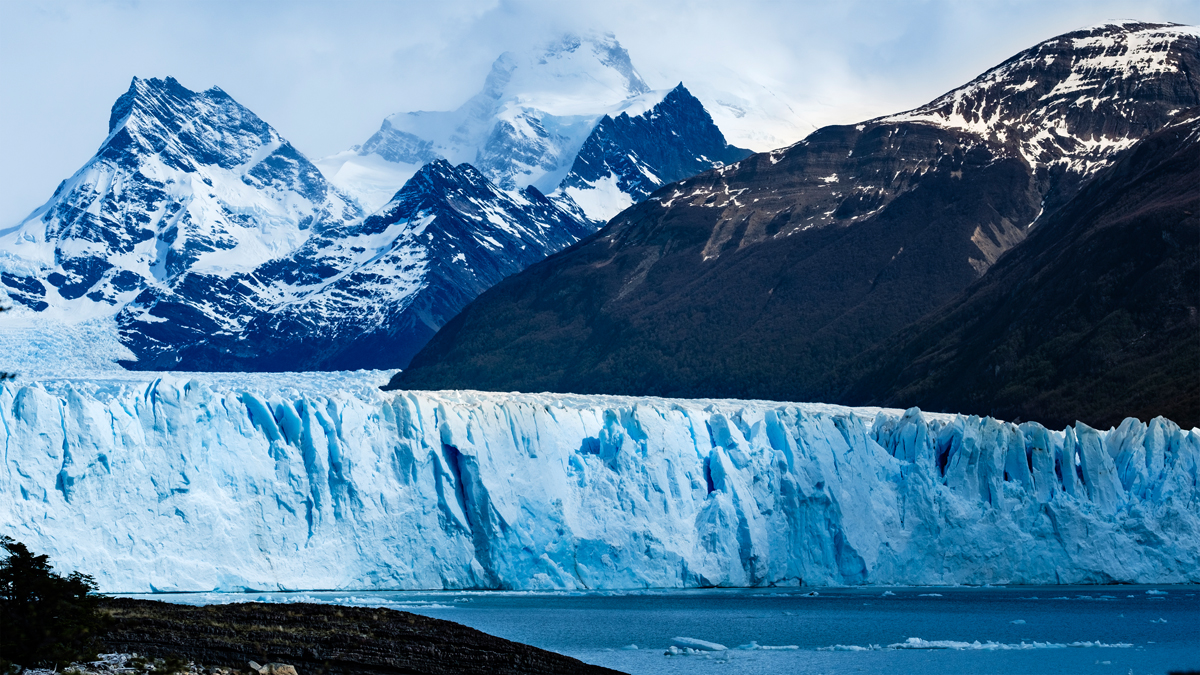
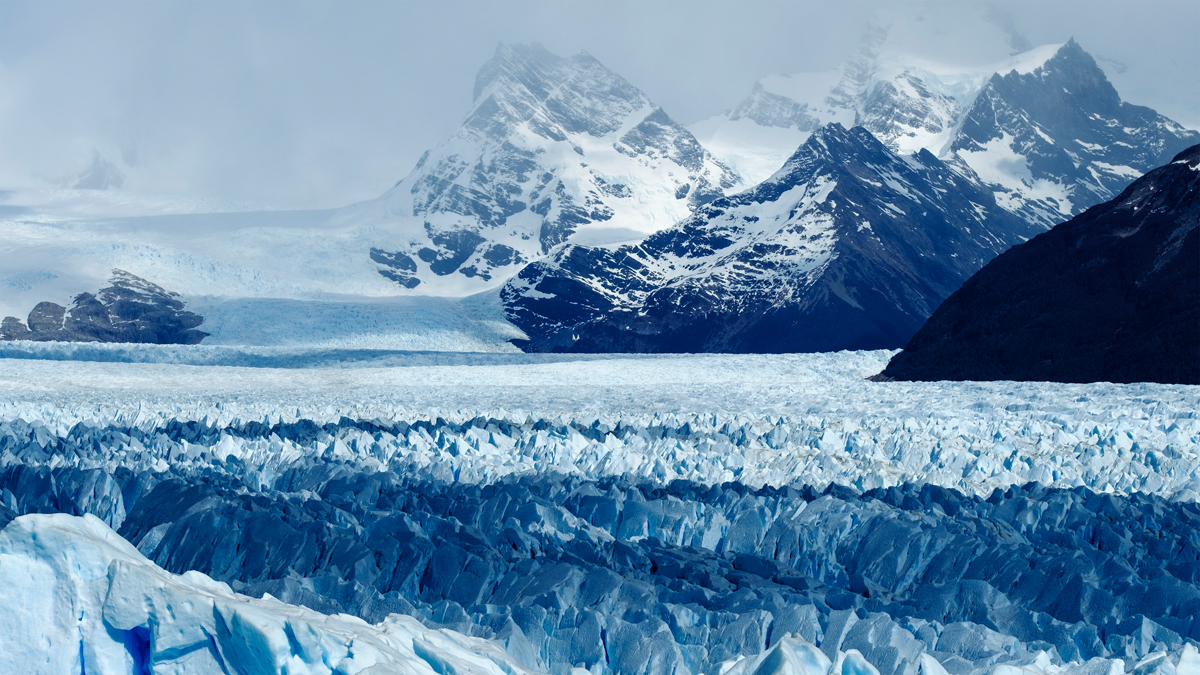
National Park Torres del Paine
The Torres del Paine National Park is in the Magalhães Region, south of the Chilean Patagonia. This park was declared a UNESCO Biosphere Reserve in 1978. It has an area of approximately 242,000 hectares. Inside the park we can see the Torres del Paine and the no less known Cuernos del Paine, besides lakes, rivers, waterfalls and glaciers.
You can visit the main attractions of the park in a day trip using a 4×4 car, or adventurers can go all their tracks in about 5 days by walking.
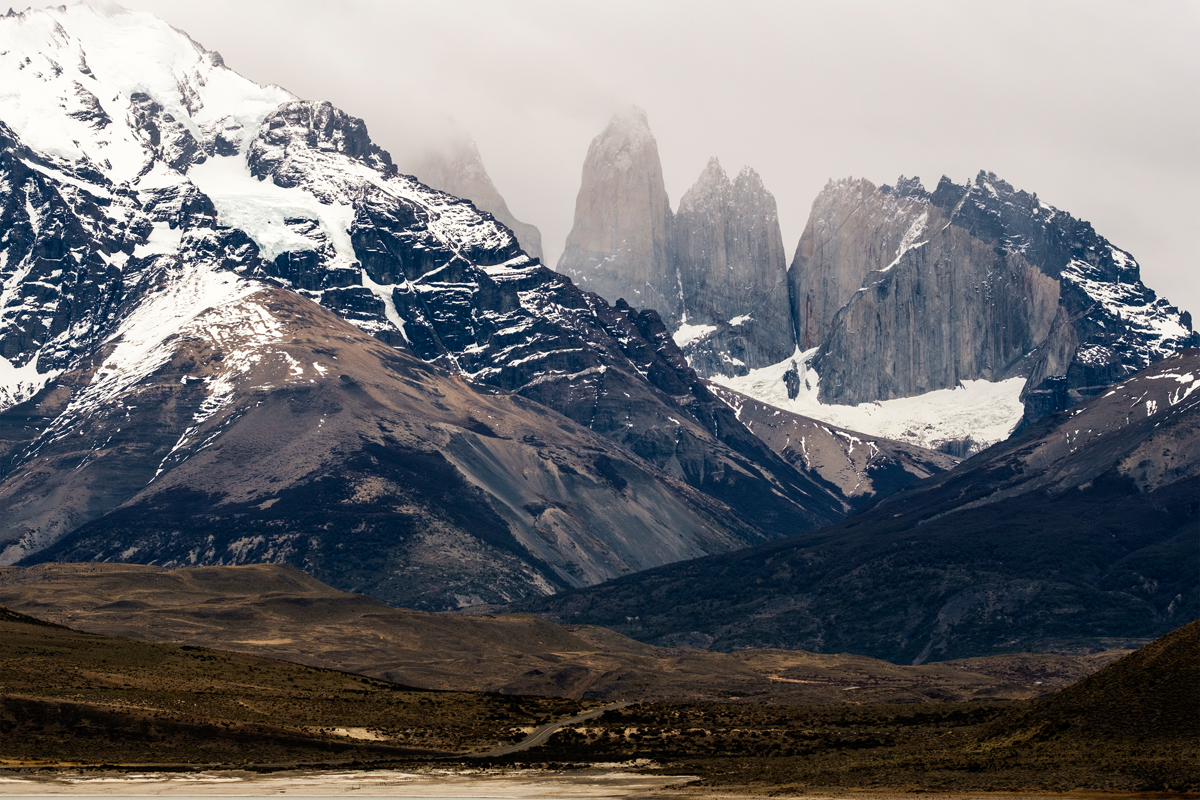

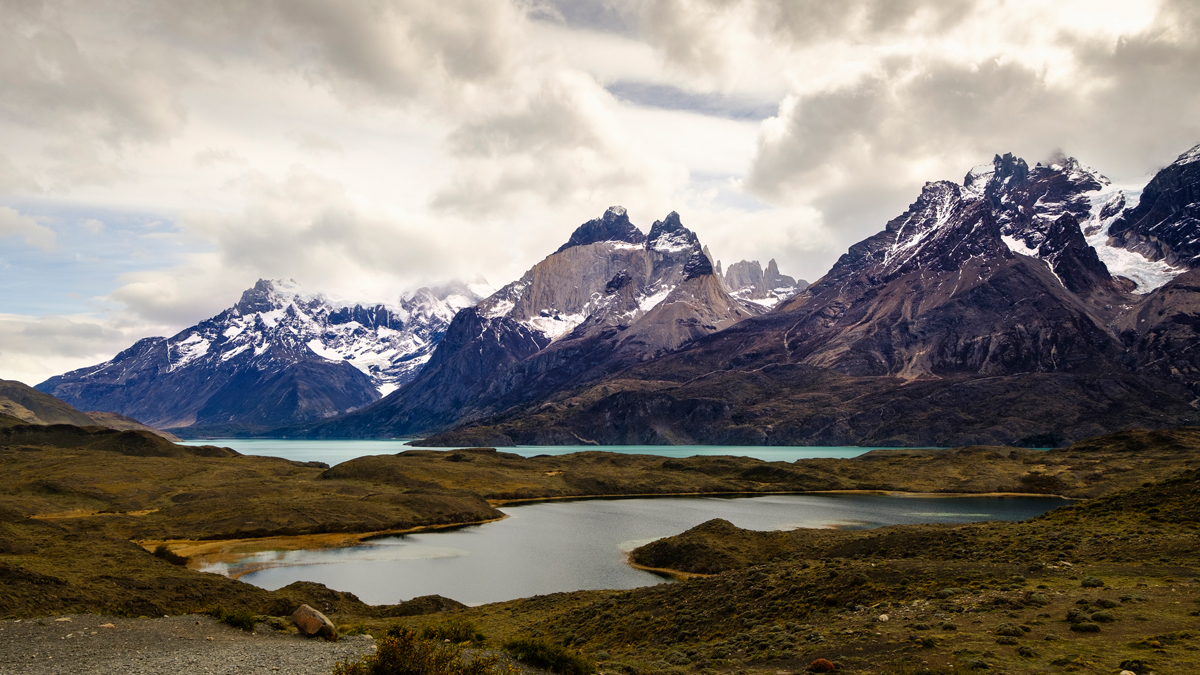
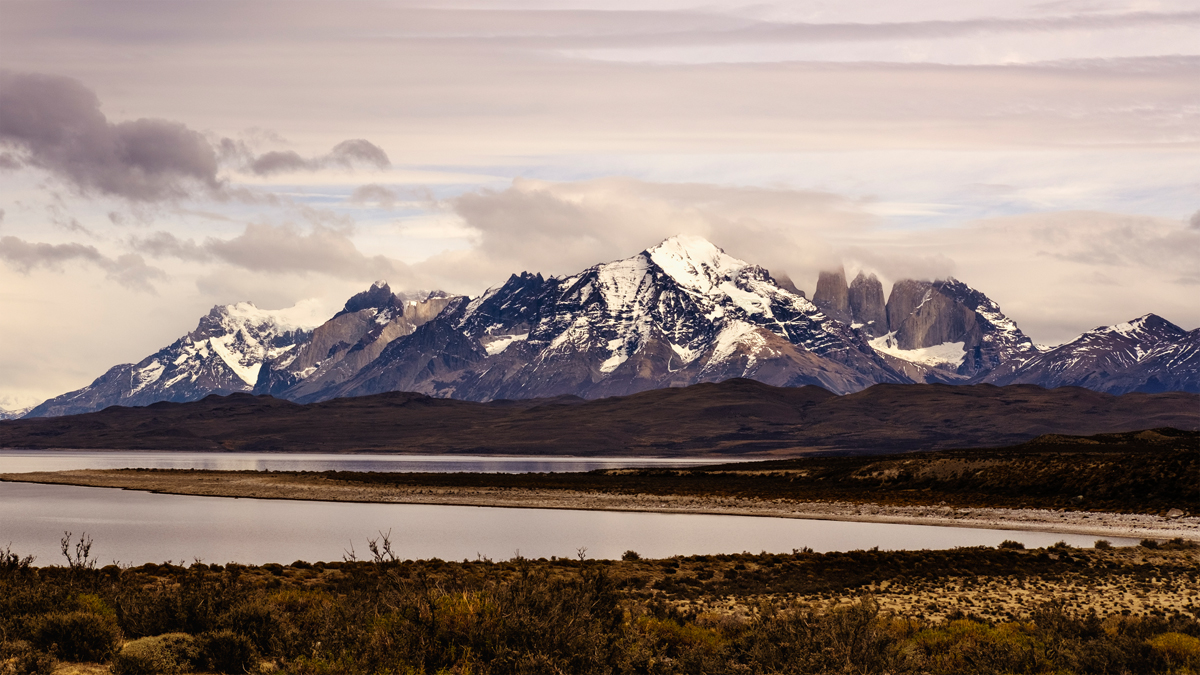
El Chalten
The town of El Chalten was a big surprise. With only 2350 inhabitants is one of the main destinations for mountaineers and trekking lovers from around the world. The main destination in El Chalten is the national park. You can only access the park on foot and to visit all its attractions require about 11 hours of walking.
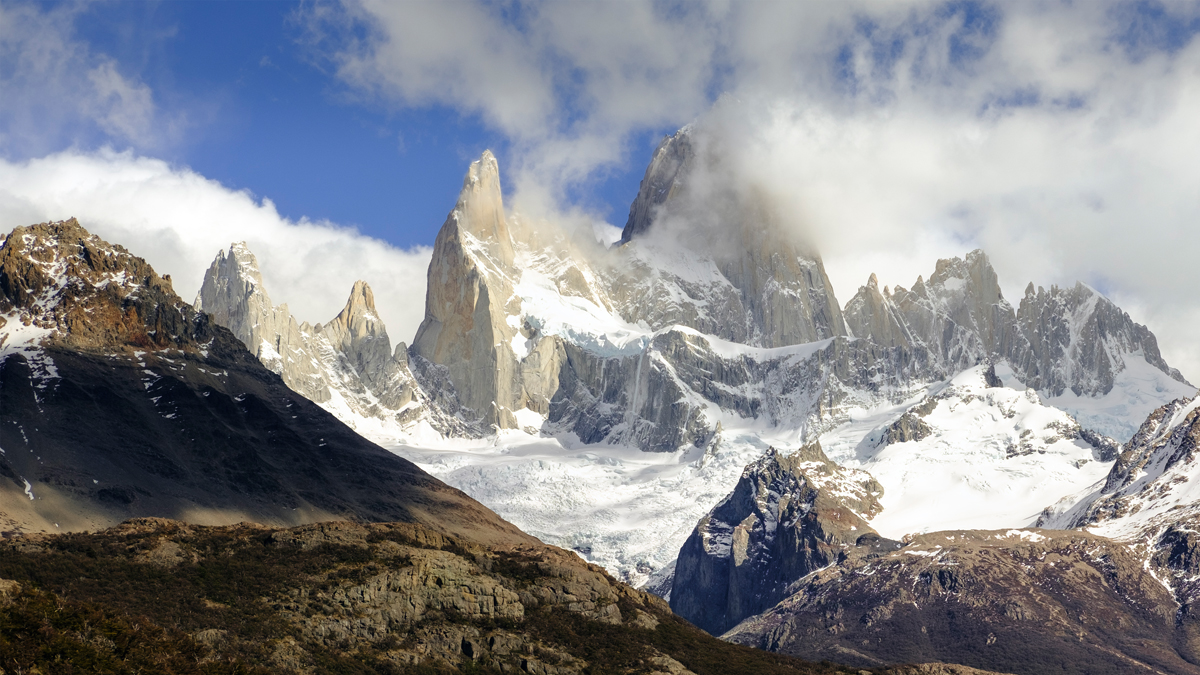
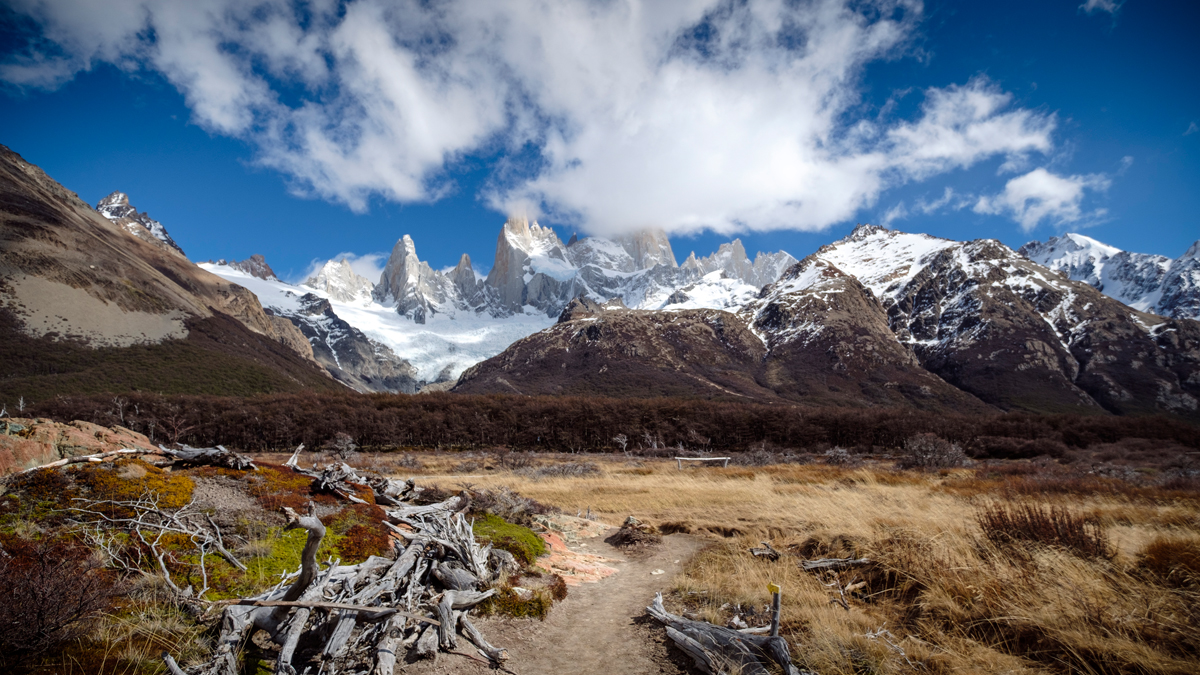
Ushuaia – Tierra del Fuego
Ushuaia is the capital of Tierra del Fuego Province, known as the southernmost city in the world. The attractions in Ushuaia are many, but two stand out: The Emerald Lake and the Tierra del Fuego National Park. The weather in Ushuaia is very unstable; It’s possible to have sun, snow, rain, cold and heat on the same day. It is essential to protect well our photographic gears. Unfortunately, I had terrible weather conditions all the time at the Emerald Lake and the Tierra del Fuego National Park. This has not stopped me from using my gear, but the snow, the cold and heavy fog prevented me from getting good pictures.

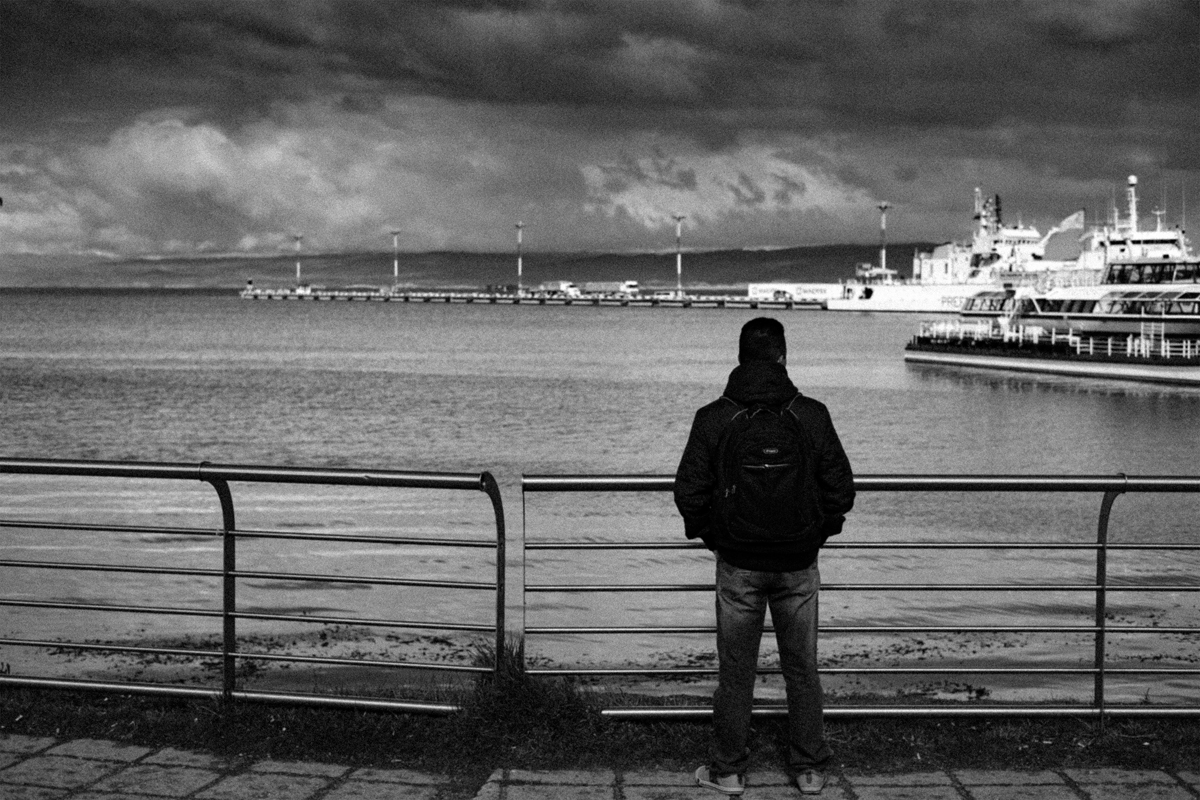
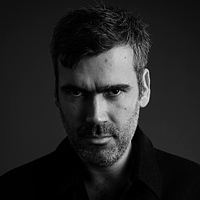
“My name is Igor Verzola, system analyst and hobbyist photographer from Sao Paulo – Brazil. Traveling is my passion, so naturally, my pictures focus on landscapes and street photography. “

